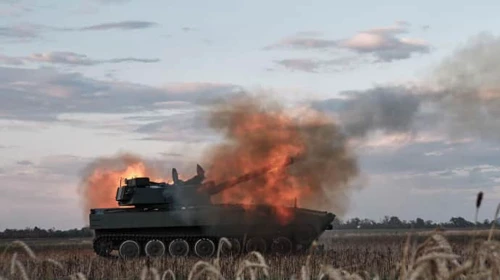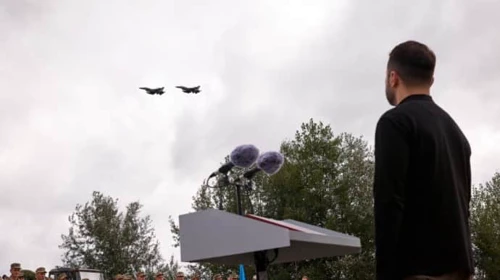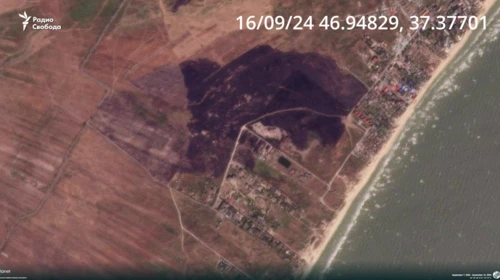IAEA experts unable to determine cause of fire at Zaporizhzhia Nuclear Power Plant

Experts from the International Atomic Energy Agency (IAEA) have conducted an inspection of the cooling tower at the Zaporizhzhia Nuclear Power Plant (ZNPP), but were unable to determine the cause of the fire.
Source: IAEA’s statement
Details: The IAEA stated that the team confirmed there were no significant signs of damage from wreckage, ash or soot near the base of the cooling tower.
Quote: "Neither tyre nor drone remains were observed during the walkdown."
"The team has not been able to draw definitive conclusions on the basis of the findings and observations so far.
The IAEA will continue its overall analysis after additional review and access to the water nozzle distribution level and the cold-water basin."
Previously: Serhii Lysak, Head of Dnipropetrovsk Oblast Military Administration, reported that the fire at the Zaporizhzhia Nuclear Power Plant (ZNPP) was extinguished.
Background:
- The International Atomic Energy Agency (IAEA) announced that its experts had witnessed strong dark smoke coming out of the northern area of the Zaporizhzhia Nuclear Power Plant (ZNPP) following numerous explosions on the evening of 11 August.
- President Volodymyr Zelenskyy said the Russians had started a fire on the territory of the ZNPP and urged the IAEA and the international community to respond to the incident. No changes to radiation levels near the ZNPP have been documented.
- Yevhen Yevtushenko, Head of Nikopol District Military Administration, had previously reported that the ZNPP was operating as usual, and the Russians had likely set fire to a large quantity of car tyres in the cooling tower. Cooling tower number one is located about a kilometre from the plant's power units.
- The Russian occupiers have blamed Ukraine for allegedly attacking the city of Enerhodar and claim that background radiation around the ZNPP is normal.
Support The-News by becoming our patron! Your help keeps us thriving. Thank you!




To leave a comment, please log in.